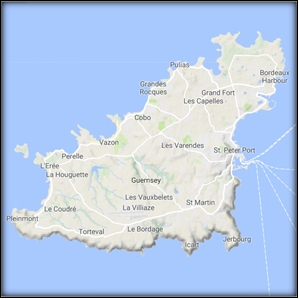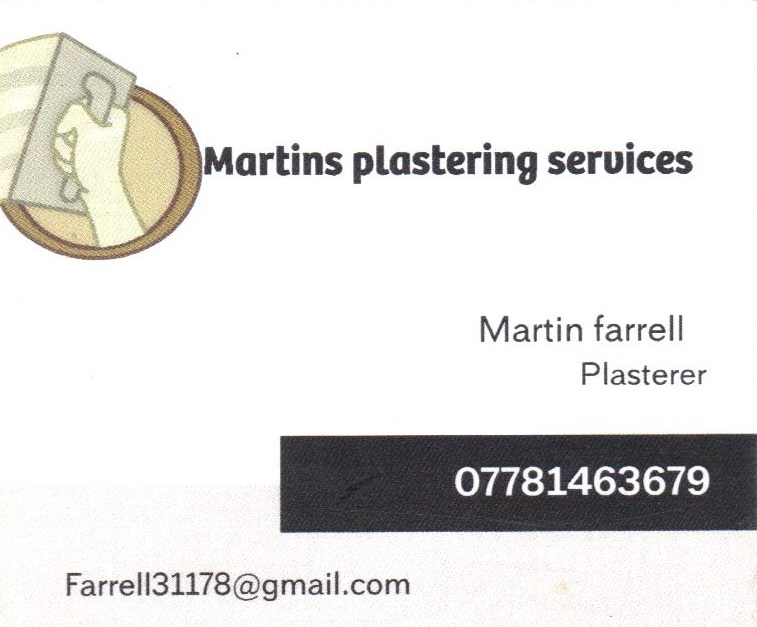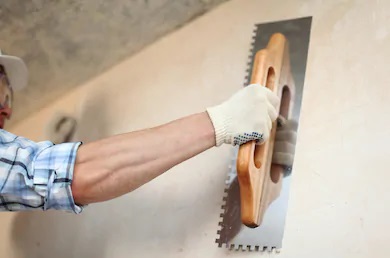Understanding Plastering Services in Guernsey

Plastering is a critical aspect of construction and renovation, providing both aesthetic appeal and functional benefits to buildings.
In Guernsey, plasterers offer a variety of services tailored to the unique needs of the local community. This article explores the types of plastering services available, the challenges faced by plasterers in the region, and how to choose the right professional for your project.
Martin’s Plastering Services
Martin’s Plastering Services is a well-regarded local business that specialises in providing high-quality plastering solutions tailored to the needs of Guernsey residents.
With extensive experience in the industry, Martin understands the specific challenges posed by the local environment and works diligently to ensure customer satisfaction.

Types of Plastering Services
In Guernsey, plasterers provide a wide range of services that cater to both residential and commercial needs.
These services include:
- Interior Plastering: This involves applying plaster to walls and ceilings to create smooth, finished surfaces. Interior plastering is essential for filling holes and cracks, smoothing out imperfections, and preparing surfaces for painting or wallpapering.
- Exterior Rendering: Plasterers also work on the exterior of buildings, applying rendering to protect and enhance the appearance of walls. This process involves using materials that can withstand the island’s weather conditions while providing a decorative finish.
- Decorative Plastering: Many plasterers in Guernsey specialize in decorative techniques, including the installation of cornices, mouldings, and textured finishes. These features add character and style to interior spaces.
- Partitioning and Insulation: Plasterers often install plasterboard to create partitions within buildings. This not only helps in organizing space but also provides sound and thermal insulation.
Interior
Plaster makes it possible to fill in holes and cracks and to smooth interior walls. It is a clean material that does not emit odours or particles. It can also be used as a finishing plaster. It will then be necessary to choose the size of the grain, the colour and the installation method to obtain the desired effect (waxed, smooth, roughcast, rubbed, brushed).
Used in 3 forms:
► Patching: Repairs a wall and makes its surface completely flat and smooth. A paint or wallpaper type coating can then be applied.
► The plaster for smoothing thickness: Smooths out the hollows and bumps in a wall. It is called filling plaster, because it smooths all the reliefs.
► Smoothing: Applied in a thin film and is mainly used to smooth small imperfections in the wall. It is a finishing product.

Interior wall and ceiling partitioning: Plasterboards are used to mount separating partitions indoors. The difficulty arises from the thoroughness that must be given to the joints between the plasterboards in order to hide the screws.
One or more fine-grained sandings are essential after the joints have dried in order to obtain a completely smooth and flat wall or ceiling. The board, wall or ceiling can then support the coating of your choice, paint or wallpaper among others.
Two scenarios arise:
► Separating partitions: they can be assembled in one piece to create an empty space and partition it as in the case of fitting out an attic or a new house. They are also under renovation when you want to separate a large space or reorganise the distribution of rooms.
► Insulating partitions and false ceilings: they can also fit into rails in order to cover an existing wall or ceiling. In the latter case, they have a dual function ensuring on the one hand the insulation and on the other hand the finish. Between the plasterboards and the original wall, an insulator of the glass wool or rock wool type is inserted.
Outdoor
Plaster is also used for facades. The laying methods are available according to the method, namely with a trowel, a float or a plaster. It will then need to be covered with a waterproofing product.
Challenges Faced by Plasterers in Guernsey
Plasterers in Guernsey encounter several challenges that can impact their work. The island’s humid maritime climate can prolong the drying time of plaster, requiring careful planning and execution. Additionally, sourcing high-quality materials can be difficult due to geographical constraints. Local plasterers must be resourceful and proactive in ensuring they have the necessary supplies for their projects.
Adhering to local building codes and regulations is another critical aspect of a plasterer’s job. They must stay updated on any changes in standards that could affect their work. Furthermore, many buildings in Guernsey are older, which can present unique challenges such as dealing with crumbling walls or outdated materials that need to be addressed before new plaster can be applied.
Choosing the Right Plasterer

When looking for a plasterer in Guernsey, it’s essential to consider several factors to ensure you hire a qualified professional. Start by researching local plastering companies and reading reviews from previous clients. Look for plasterers who have experience with the specific type of work you need, whether it’s interior plastering, exterior rendering, or decorative finishes.
It’s also advisable to request quotes from multiple plasterers to compare prices and services. A reputable plasterer will provide a detailed estimate that outlines the scope of work, materials to be used, and the timeline for completion.
Frequently Asked Questions
What types of plastering services do they offer?
They offer a variety of services, including interior plastering, exterior rendering, decorative plastering, and partitioning with insulation.
How does the weather in Guernsey affect plastering work?
The humid climate can prolong the drying process of plaster, which requires careful planning and timing for successful application.
What is the average cost of plastering in Guernsey?
Costs vary based on project size and complexity. It’s best to obtain tailored quotes from local professionals for an accurate estimate.
How long does plaster take to dry before painting?
Typically, plaster should dry for about 3 to 5 days, but this can vary depending on humidity and temperature conditions.
Do I need to prepare my walls before plastering?
Yes, it’s advisable to remove any wallpaper or loose materials to ensure a smooth application.
Can I plaster over existing plaster?
Yes, but the surface must be clean and sound. A bonding agent may be needed for better adhesion.
How do I maintain plastered walls?
Regular cleaning with a damp cloth and prompt repairs of any cracks or damage will help maintain the integrity of plastered surfaces.
Plastering services in Guernsey are essential for both aesthetic and functional purposes in construction and renovation. Understanding the types of services offered, the challenges faced by local plasterers, and how to choose the right professional can help residents make informed decisions for their plastering needs.
If you require interior plastering, exterior rendering, or decorative finishes, local plasterers are equipped to deliver quality workmanship tailored to the unique demands of the Guernsey environment.

